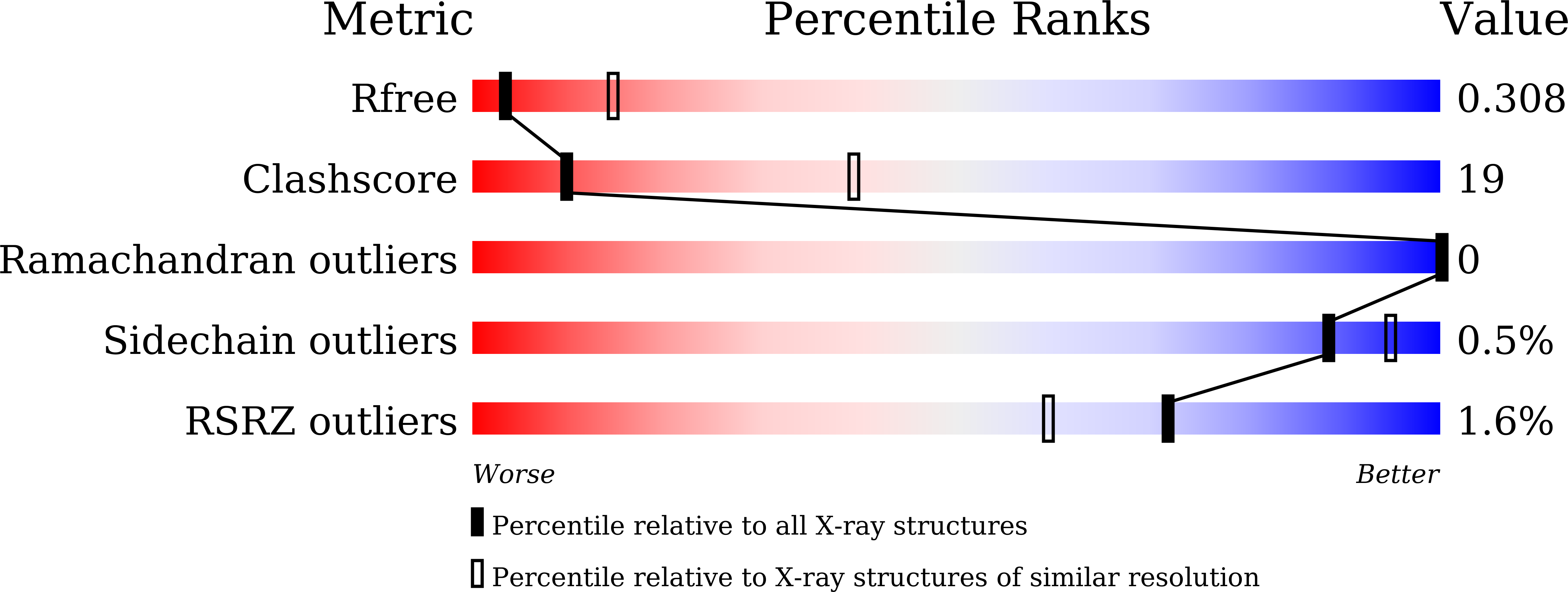
Deposition Date
2021-02-06
Release Date
2022-01-19
Last Version Date
2023-11-29
Method Details:
Experimental Method:
Resolution:
3.20 Å
R-Value Free:
0.31
R-Value Work:
0.23
R-Value Observed:
0.23
Space Group:
C 1 2 1


